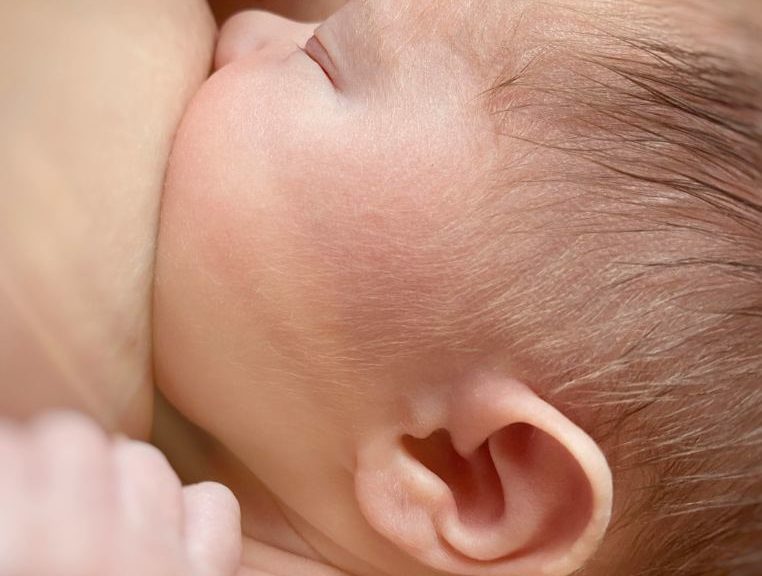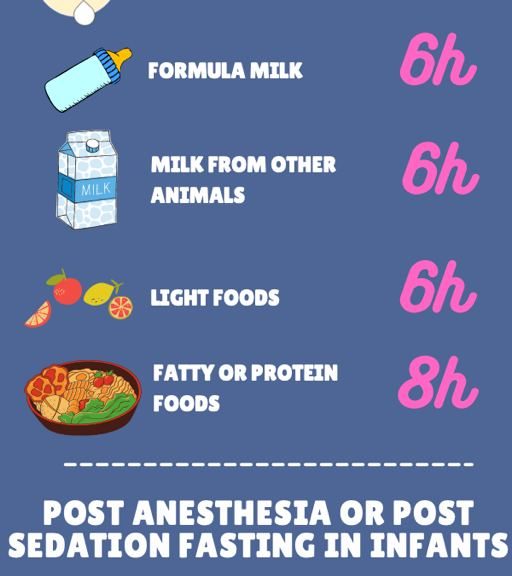Warning signs in a feed at the breast
As breastfeeding experts, we must be able to evaluate a feed and recognize warning signs that alert a professional to its lack of safety and efficacy. Feeding at the breast is physiological for newborns and, as has been pointed out, the patterns of an infant born at term with adequate weight should be mature, effective, and safe (Rendón-Macías et al., 2012; Shandley et al., 2021). Despite this, there are situations in which infants will present disturbances in the feeding process…









